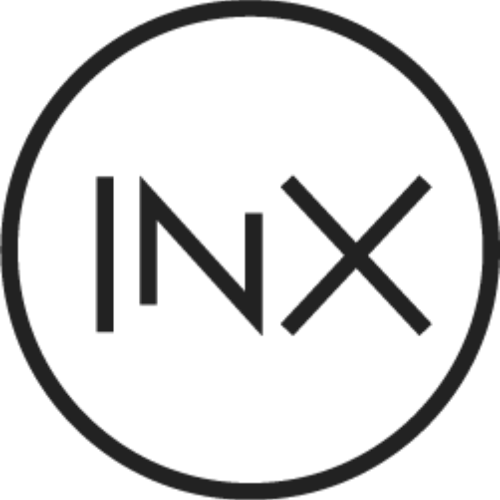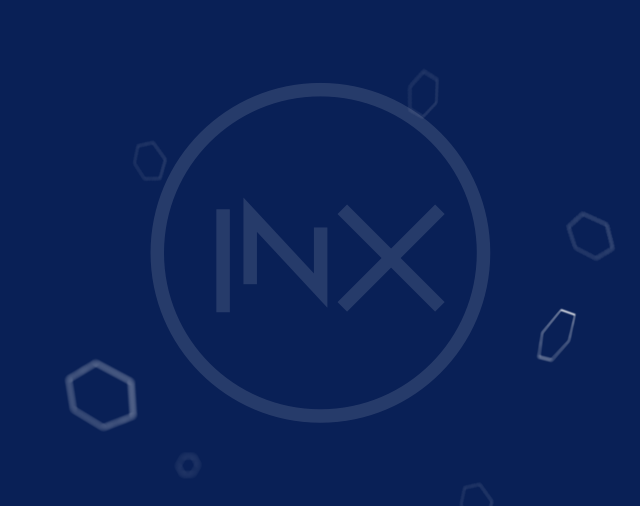Private markets hold over $14.3 trillion in AUM (assets under management), yet individual investors hold only 16 percent of that pool. Historically, access to these markets has been gated behind high minimums, long lock-up periods, and exclusive eligibility criteria.
But that is beginning to change; tokenization now offers a way to make investing in private markets more accessible, liquid, and transparent. Tokenization changes that by lowering barriers and improving access, with platforms like Republic and INX leading the shift to regulated, on-chain private investing.
In this article, we explain what private markets are, why they’ve remained largely inaccessible, and how tokenization is creating new ways for individuals to invest in traditionally exclusive opportunities.
What are Private Markets?
Private markets simply refer to investments that are not listed on public stock exchanges. This includes private equity, venture capital, private credit, and real estate deals that are offered directly to selected investors or high-net-worth individuals (HNWI)
Not to be confused with public markets like stock markets, bond markets, and ETFs, private market opportunities often come with higher return potential. But they also require long holding periods, are generally riskier assets, have high minimum investments, have no liquidity and strict eligibility criteria, which closes them off for individual investors.
Difference Between Private Market and Public Market
Public markets allow investors to buy shares of listed companies through regulated exchanges, often with minimal capital and no eligibility requirements. With public markets like stock exchanges, asset prices are updated in real-time. You can also trade these assets within a particular time frame, when the market is open, which makes public markets accessible and liquid for a broad range of participants.
The Private market, on the other hand, is more restrictive, with most offerings structured through private placements or closed-end funds directly from fund managers. These offerings are not for every investor and are limited to accredited or qualified investors.
Private investments typically come with high minimums, often starting at $100,000 or more. Besides, market information or performance evaluation is not easily available since there is no central source for information.
Another distinct difference is the absence of a secondary market for private markets. Should you invest in a private market, you may have to hold your positions for many years, with little to no opportunity to sell.

Private Markets Accessibility Problem
According to Bain & Company’s 2023 Global Private Equity Report, half of the world’s wealth is held by individual investors, but they represent only 16 percent of private market assets under management. This disparity is concerning, considering that the growth of private markets is slowing; there is a need to expand into untapped markets. But the disparity is not new; it is a result of longstanding structural and regulatory issues that limit ordinary investors from investing in private markets. It is a combination of several issues; firstly, access to most of these investments is restricted to accredited investors and HNWIs. A position that is typically about 1% of the population in most countries, i.e., people worth $1 million and above. It doesn’t stop there; not everyone who qualifies has access to the opportunities because entry points are often set at $100,000 or more.

As shown in the figure above, institutional capital is still the major source of funding for private markets, as expected. With these barriers still in place, there is a need for a change if private markets are expected to attract new investors.
Tokenization stands out as a great way to deal with most of these challenges; the merit of the model can be seen in the recent success of tokenized stocks. The tokenized stock market is currently worth over $400 million and is expected to reach almost $1 trillion in the coming years.
How can the private market take advantage of this model to reform the existing structure? The next section covers how tokenization can help open up the private market and attract new investors.
Tokenization and Private Market
Tokenization is simply the process of turning the ownership of an asset into digital tokens stored on a blockchain network. For private markets, tokenization represents accessibility, since this model can allow investors to hold shares in a fund without dealing with unreasonable minimum requirements.
In turn, this lowers the barrier to entry and opens the private market to a new set of investors who want to explore private markets with cryptocurrencies. Here are some of the ways tokenization can help reduce the barrier to entry into the private market:
- Lower minimum entry since investors can participate with smaller amounts of capital
- Fractional ownership by splitting an asset or shares into multiple tokens among several investors
- Improved transparency since transactions are recorded automatically on the blockchain
- Increased liquidity since private market offerings are open to new investors
While all these sound like a great deal for private markets, they can’t replace the need for strong regulatory compliance. As with other Real-World Assets (RWAs), the question to ask is: are real-world counterparts of these tokenized equities real, and not just frictional?
It is essential to ensure that tokenized private market assets are well-regulated and frequently monitored to avoid malpractice. In the next section, we introduce a regulated pathway for issuers to offer private offerings and for investors to find vetted offerings.
Republic and INX: A Regulated Pathway for Tokenized Private Markets
Regulated platforms like INX and Republic enable private investments on-chain without sacrificing compliance or investor protections. For example, Republic has a curated selection of deals across startups, real estate, and private funds that have been properly vetted and are available for investors on INX.
Tokenized equities also need a strong, regulated platform where they can be traded. INX exists to offer this; it is a SEC-registered Alternative Trading System (ATS) that is licensed to trade digital securities in line with U.S. securities law. INX was also the first to complete an SEC-registered security token offering and remains one of the few platforms licensed to serve both institutional and retail investors in this space.
Republic acquired INX to connect Republic’s tokenized deal flow and investor base with INX’s compliance and regulated trading infrastructure. The result is a regulated working model private market to be issued and traded on-chain within regulatory compliance. A good example that this model works well is the Hamilton Lane raise done recently with INX through Republic.
The Hamilton Lane Raise: A Real-World Example of Tokenization Changing Private Markets
The firm, Hamilton Lane, is a global private markets investment firm with over $947 billion in assets under management and supervision. It was able to carry out a private offering on INX in partnership with Republic in the first half of the year.
The flagship Equity Opportunities Fund V includes the Hamilton Lane Private Infrastructure Fund (HLPIF), which was designed to deliver exposure to infrastructure usually available only to institutions and HNWIs. But the fund is currently available to U.S.-based retail investors through Republic, with a minimum investment of just $500.
Final Thoughts: What this means for Investors
Private markets have long been limited to institutional investors due to high minimums, long holding periods, and limited transparency. Tokenization offers a way to lower those barriers while keeping regulatory protections in place.
Through platforms like Republic and INX, qualified investors can now access private offerings with smaller commitments, easier onboarding, and potential secondary trading. The Hamilton Lane example shows how a traditionally exclusive fund was made more accessible through tokenized infrastructure.
FAQs
What are private markets?
Private markets include investments like private equity, venture capital, private credit, and real estate that are not traded on public exchanges.
Why have private markets been hard to access?
They typically require high minimum investments, long lock-ups, and are restricted to accredited investors or institutions.
How does tokenization change private market investing?
Tokenization lowers entry barriers through fractional ownership, smaller minimums, improved transparency, and potential liquidity.
What role do Republic and INX play in tokenized private markets?
They provide a regulated pathway, combining Republic’s vetted deal flow with INX’s SEC-registered Alternative Trading System (ATS) trading infrastructure.
What’s a real example of tokenized private markets in action?
Hamilton Lane partnered with Republic and INX to offer a private infrastructure fund to U.S. retail investors with a minimum of just $500.



